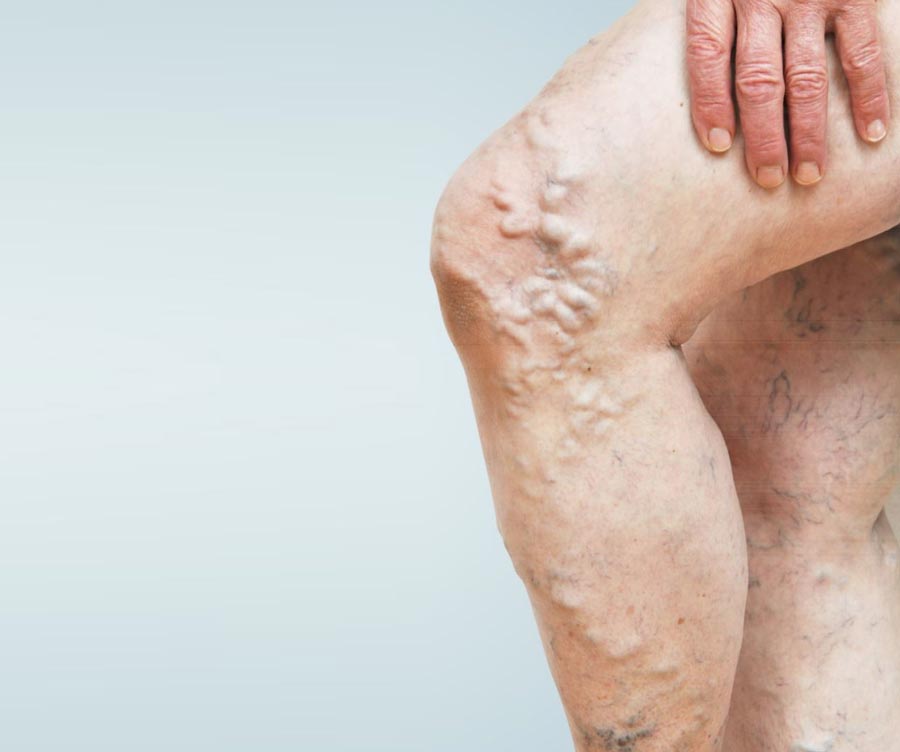Leg discomfort, swelling, or heaviness might not just be a sign of fatigue. These symptoms could be early warnings of venous hypertension, a condition that often goes unnoticed until complications arise. Understanding the early indicators can help you seek timely treatment and avoid long-term health consequences.
Understanding Venous Hypertension
Venous hypertension occurs when blood pressure within the veins—particularly in the lower extremities—becomes abnormally high. This often results from malfunctioning vein valves, which are unable to keep blood from flowing backward, leading to pooling in the legs.

Why Do People Overlook the Signs?
Unlike acute conditions that cause sharp or sudden pain, venous hypertension progresses gradually. People often attribute symptoms to aging, overexertion, or a sedentary lifestyle, not realizing these could be early red flags of a deeper vascular issue.
Early Symptoms of Venous Hypertension
The body signals trouble long before serious complications arise. Be alert to these warning signs:
1. Leg Swelling
Fluid builds up due to poor venous return, especially after long periods of standing or sitting. This swelling, often in the ankles and calves, may come and go initially but worsens over time.
2. Heavy or Tired Legs
One of the most commonly ignored signs, a sensation of heaviness or fatigue in the legs usually sets in at the end of the day or after standing for extended periods.
3. Aching or Throbbing Pain
A dull, aching discomfort—sometimes accompanied by a throbbing sensation—can be a symptom of increasing venous pressure in the lower extremities.
4. Varicose Veins
Bulging, twisted veins near the surface of the skin are often associated with venous hypertension. They develop as a result of blood pooling due to faulty valves.
5. Skin Changes
As the condition progresses, the skin around your ankles and calves may become discolored, dry, or irritated. Eventually, the skin can take on a brownish or reddish hue.
6. Itching or Burning
You may experience persistent itching or a burning sensation in your lower legs, often mistaken for dermatitis or allergies.
7. Leg Cramps
Frequent leg cramps, especially at night, can be linked to poor circulation caused by venous insufficiency.
8. Slow Healing Wounds
Sores or ulcers that take a long time to heal, particularly around the ankles, are a more serious indicator that venous hypertension may be present.
When to See a Healthcare Provider
You should seek professional evaluation if you notice multiple symptoms persisting for more than a few days or worsening over time. A vascular assessment can help determine if venous hypertension is the underlying cause.
Diagnostic Approaches
Early diagnosis is key to preventing irreversible damage. Your provider may recommend:
- Duplex Ultrasound: To visualize blood flow and valve function
- Physical Examination: Checking for skin changes, swelling, and varicose veins
- Venous Pressure Measurements: To assess the severity of pressure buildup
Risk Factors to Consider
Understanding who’s at risk can guide preventive strategies:
- Family history of vein disease
- Sedentary lifestyle
- Occupations requiring prolonged standing
- Pregnancy
- Obesity
- History of deep vein thrombosis (DVT)
What Happens if Symptoms Are Ignored?
Ignoring early symptoms of venous hypertension can lead to chronic complications such as:
- Venous ulcers
- Skin thickening (lipodermatosclerosis)
- Recurrent infections
- Superficial thrombophlebitis
Prevention and Early Management
The earlier venous hypertension is addressed, the better the outcomes. Lifestyle changes and early intervention can significantly reduce progression:
- Compression Garments: Encourage blood return from the legs
- Elevating Legs: Helps counteract gravity’s effect
- Physical Activity: Walking and leg-strengthening exercises improve circulation
- Hydration and Diet: A healthy, low-sodium diet supports vein health
- Weight Management: Reduces strain on lower limb veins
How to Monitor Your Symptoms at Home
Keeping track of daily changes can be very telling. Consider keeping a symptom journal noting:
- When swelling occurs
- Activities that make it worse or better
- Any skin or color changes
- Levels of discomfort
This information can be helpful for your provider and guide more targeted treatment.
Emotional and Mental Impact
Chronic leg discomfort can affect your mobility and daily activities, leading to anxiety or depression. Addressing venous hypertension early can help preserve not just your physical but also your mental well-being.
FAQs
Q1: Is venous hypertension a permanent condition?
Not necessarily. With proper treatment and lifestyle changes, symptoms can be managed effectively.
Q2: Are compression stockings uncomfortable to wear?
Modern compression wear is designed to be both effective and comfortable. It may take a few days to get used to the sensation.
Q3: Can I travel if I have venous hypertension?
Yes, but take precautions like wearing compression socks and moving regularly during long trips.
Q4: Do only older people get venous hypertension?
No, while it's more common in older adults, young people with risk factors can also develop it.
Q5: How long does it take to see improvement once treatment begins?
Some people experience symptom relief within days of starting treatment, though complete management may take several weeks.